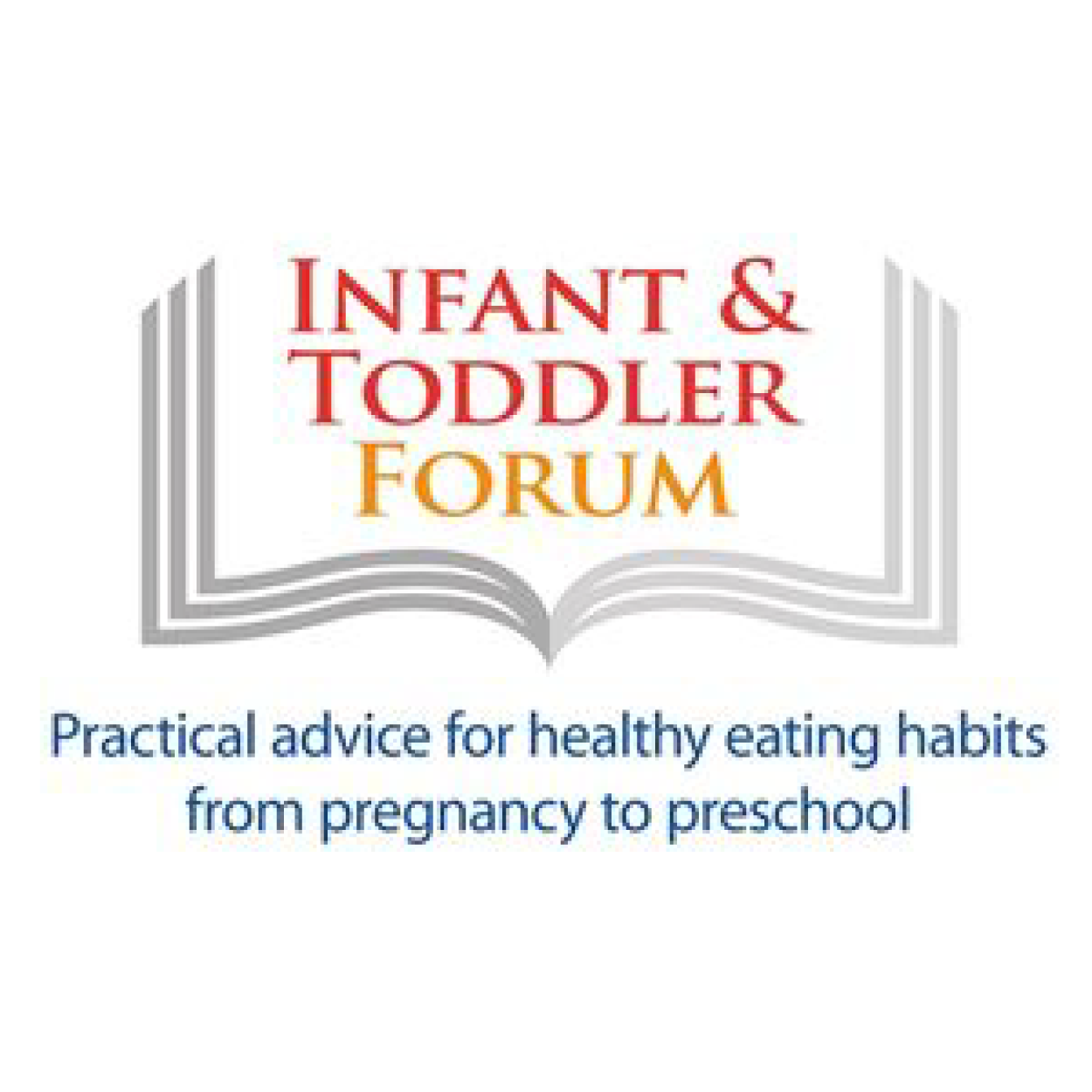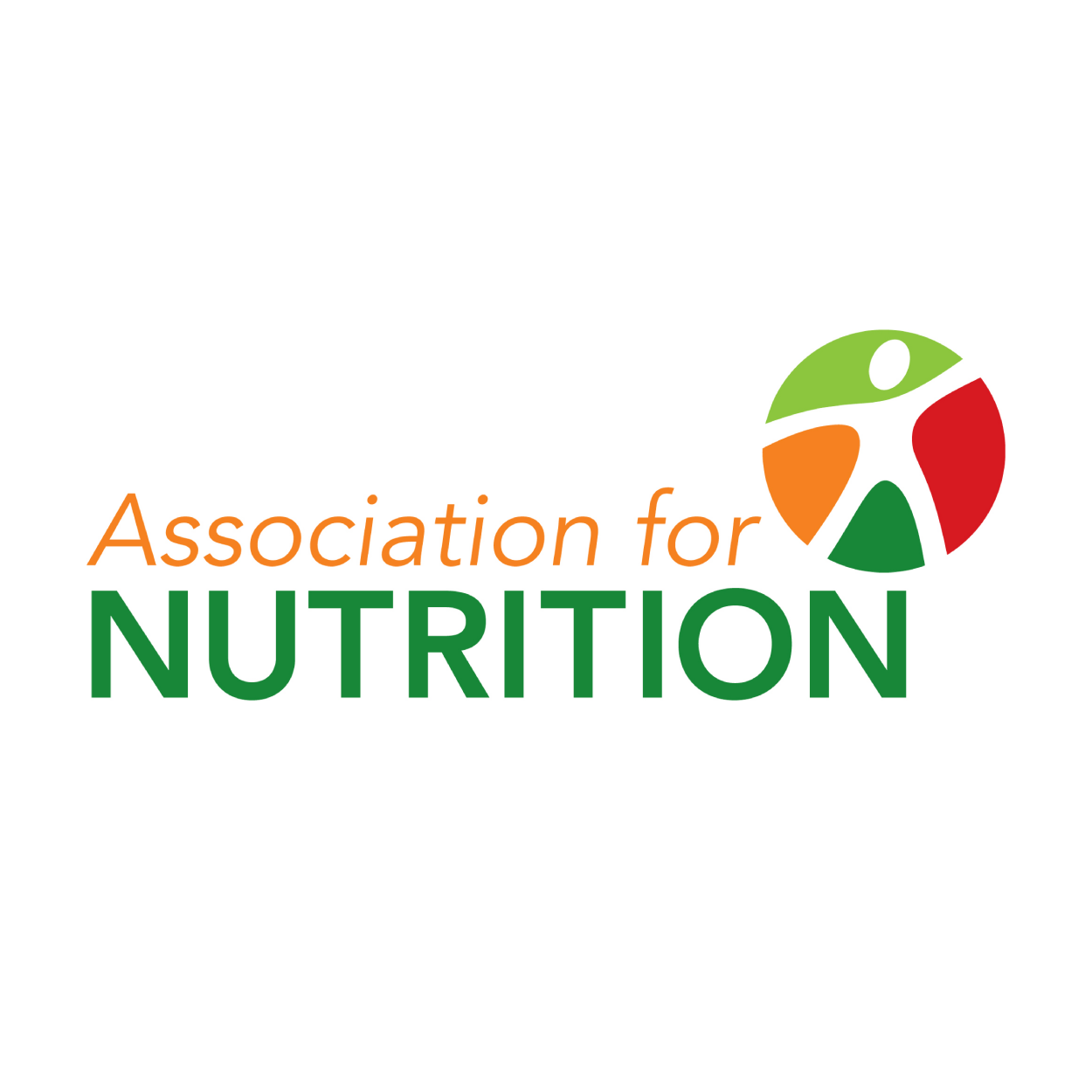Young children learn by copying. So parents can show, by their own example, what healthy eating is.
Children under five
These children are growing rapidly yet still have small stomachs. They need 2-3 planned nutritious snacks in addition to their 3 meals. Offer a variety of foods from the five nutritious food groups (see food combining).
Whole/ full fat milk and milk products provide more vitamin A for their immune system so there is no need to change to semi-skimmed milk from 2 years if your child is eating and growing really well.
Use a mixture of some high fibre foods and some low fibre foods e.g. wholemeal and white bread, rather than only high fibre foods.
Young children need plenty of high iron foods. The best sources are red meat, pork and dark poultry meat. Some iron is also found in oily fish -sardines, mackerel and salmon. Pulses, beans, egg yolks, fruit and vegetables contain small amounts and need to be combined with a high vitamin C food to ensure good iron absorption.
Do not give tea to young children, as it reduces iron absorption.
Children over five
Children over five years, like adults, should aim for a balance of the five food groups (see food combining) with plenty of variety within each group. Low salt and fat intakes are recommended. Each meal should be based on starchy foods and include fruit and vegetables.
To lower fat intake:
Grill or bake on a rack rather than frying.
When buying ready meals, pizzas or sauces, choose those with less than 6g fat per 100g. Foods with more than 15g fat per 100g are very high fat foods and should only be used occassionally.
Keeping salt intake down:
Three quarters of the salt, or sodium, we eat is found in processed food especially crisps and other packet snacks and convenience meals. Reducing these food will automatically reduce salt intake.
Keep salt added in cooking to a minimum and use more herbs and spices to flavour meals.
Don’t add salt to food at the table.
Encouraging fruit and vegetables:
At breakfast always offer some fruit or dried fruit with breakfast cereals. With cooked breakfasts include some mushrooms, tomatoes or baked beans.
Always offer at least one vegetable and one fruit at the midday and evening meals.
Crunchy raw vegetables such as carrot sticks and cucumber slices are popular in lunch boxes and with cold meals.
Stir fried vegetables are usually more popular than boiled vegetables. Try courgette, peppers, aubergine, cabbage, spinach, cauliflower and broccoli.
For simple puddings, serve fruit with yogurt, fromage frais, custard or ice cream.
Younger children often eat more fruit when it is cut up for them.
Choose cooked puddings containing fruit, eg fruit crumbles, tarts and soufflés.
If serving cake or biscuits always serve them with some pieces of fruit.
Drinks
Milk and water are the best drinks for children as they do not damage teeth.
Fruit juices are high sugar drinks and are acidic which can damage tooth enamel when offered between meals. Limit them to once per week and dilute them well – about 1 in 6-10 and only offer at meal times.
Sugary, fizzy drinks and squashes are also acidic and give calories but virtually no nutrients. Given frequently between meals they cause tooth decay.
Meals and routines
Children’s appetites vary from day to day depending on how they feel and how active they are so keep an open mind on how much they will eat. Let your child unless they are over weight. Overweight children need to limit their portion sizes.
Always offer two courses at midday and evening meals– a savoury course and a fruit based pudding. This gives 2 opportunities for children to eat nutritious foods.
Children eat better when there is a routine of three meals with one or two nutritious snacks each day. Do not allow grazing on food throughout the day. It is important for children to feel hungry before a meal and then learn that feeling of having had enough and not needing any more.
““Many thanks for the extended consultation with my two boys. Your professional advice was very well balanced yet incisive and provided a much needed light beam on the way forward towards a healthier fututre for my children. l have no doubt we’ll be back at the end of the summer although I will probably be in contact you in interim for additional advice.””







